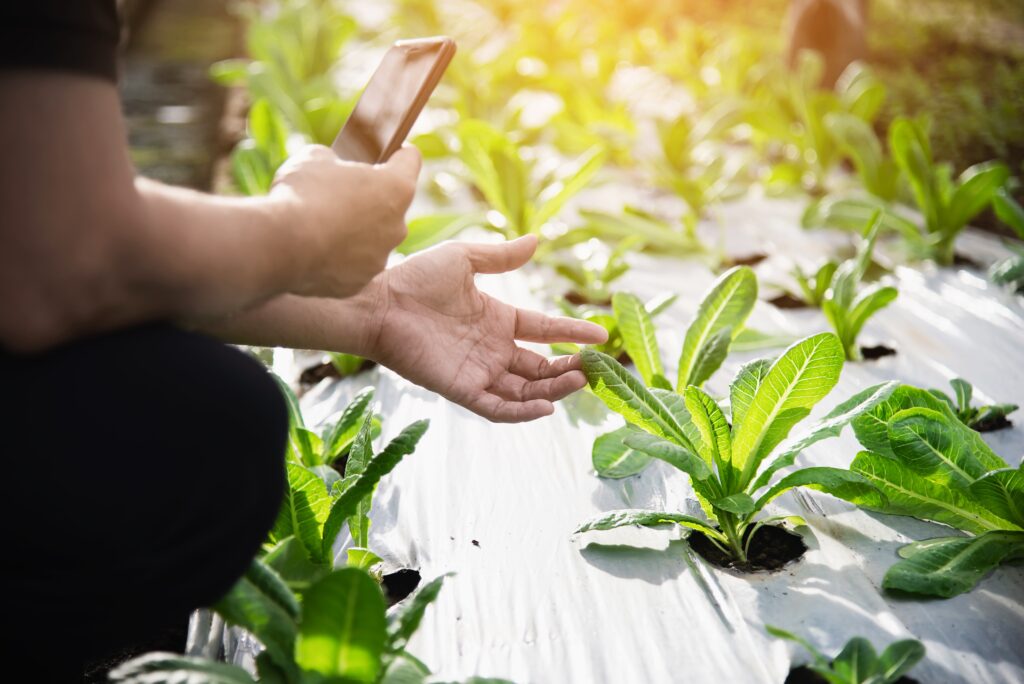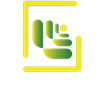Empowering Farmers: A Closer Look at User-Friendly Technologies

The agricultural landscape is evolving rapidly with the advent of new technologies designed to enhance productivity, efficiency, and sustainability. Empowering farmers with user-friendly technologies is pivotal to fostering the sustainability of agriculture. These innovations not only make farming more efficient but also promote environmental stewardship. In this blog, we delve into how smart farming, climate controllers, hydroponic and indoor farming, vertical agriculture farming, and other advanced technologies are reshaping modern agriculture.
Smart Farming: The Backbone of Modern Agriculture
Smart farming integrates advanced technologies such as IoT devices, sensors, and data analytics to optimize agricultural practices. By providing real-time insights into soil health, crop conditions, and weather patterns, smart farming enables farmers to make informed decisions that boost productivity and sustainability.
One of the key benefits of smart farming is its role in conserving water. Sensors monitor soil moisture levels, ensuring that irrigation is applied only when necessary, thereby saving water. This approach not only conserves this vital resource but also enhances energy efficiency by reducing the need for frequent irrigation.
Climate Controllers: Precision Environmental Management
Climate controllers are essential for maintaining optimal growing conditions in greenhouses and indoor farms. These systems automate the regulation of temperature, humidity, and CO2 levels, creating a stable environment for crops. The precision offered by climate controllers leads to higher yields and better-quality produce.
By automating climate control, farmers can focus on other critical tasks, improving the overall efficiency of their operations. Additionally, climate controllers help conserve water by maintaining appropriate humidity levels, reducing the frequency and volume of irrigation. This integration of technology into farming practices promotes the sustainability of agriculture.
Hydroponic and Indoor Farming: The Future of Agriculture
Hydroponic and indoor farming are at the forefront of agritech investment trends, offering innovative solutions for sustainable food production. Hydroponics involves growing plants in nutrient-rich solutions without soil, making it possible to cultivate crops in areas with poor soil quality or limited space.
Indoor farming, including vertical agriculture farming, leverages controlled environments to optimize growing conditions. Vertical cultivation maximizes space usage and can significantly increase food production with fewer resources and investment compared to traditional farming methods.
These farming techniques are energy-efficient and promote sustainable farmland practices. By using LED lighting and automated climate controls, hydroponic and indoor farms reduce energy consumption and optimize growing conditions, lowering operational costs and minimizing environmental impact.
Vertical Agriculture Farming: Maximizing Space and Resources
Vertical agriculture farming, also known as vertical cultivation, is revolutionizing the way we grow crops. This method involves growing plants in vertically stacked layers, often in controlled indoor environments. Vertical farming maximizes the use of space and resources, making it an ideal solution for urban areas where land is limited.
The benefits of vertical farming are numerous. It allows for year-round production, independent of external weather conditions, ensuring a consistent supply of fresh produce. The controlled environment reduces the need for pesticides and herbicides, resulting in cleaner and healthier crops. Moreover, vertical farming systems use up to 90% less water compared to traditional farming methods, making it a highly sustainable option.
Increasing Food Production with Fewer Resources
As the global population grows, the demand for food is increasing. Traditional farming methods alone cannot meet this demand sustainably. Innovative technologies such as hydroponics, indoor farming, and vertical cultivation are essential for increasing food production with fewer resources.
These methods enable farmers to maximize yields while minimizing input costs. By optimizing the use of water, nutrients, and energy, these technologies make farming more efficient and sustainable. This approach is critical for ensuring food security and promoting the sustainability of agriculture.
Sustainable Farmland: Long-Term Productivity
Creating sustainable farmland is essential for the long-term productivity of agricultural land. Technologies like precision agriculture, which uses GPS and data analytics to manage crops more efficiently, play a vital role in this. By monitoring soil health, moisture levels, and crop conditions, precision agriculture helps farmers make informed decisions that enhance soil fertility and productivity.
Conserving water is a significant aspect of sustainable farmland management. Advanced irrigation systems such as drip irrigation deliver water directly to plant roots, minimizing evaporation and runoff. This targeted approach to watering saves water and ensures that crops receive the necessary moisture for optimal growth.

User-Friendly Technologies for Farmers
Adopting new technologies in agriculture can be challenging due to their complexity. To truly empower farmers, these technologies must be user-friendly and accessible. Innovations like mobile apps and user-friendly interfaces for climate controllers and irrigation systems make it easier for farmers to monitor and manage their operations.
For instance, mobile apps provide real-time data on crop health, weather forecasts, and soil conditions, enabling farmers to make quick, informed decisions. User-friendly climate controllers and irrigation systems allow farmers to automate key processes with minimal effort, improving efficiency and productivity.
Conclusion
Empowering farmers with user-friendly technologies is essential for achieving sustainable agriculture. Smart farming, climate controllers, hydroponic and indoor farming, and vertical cultivation are revolutionizing agricultural practices, making them more efficient and environmentally friendly. These innovations not only increase food production with fewer resources but also ensure the long-term productivity and sustainability of farmland.
By investing in modern farming technologies and making them accessible to farmers, we can create a future where agriculture is both productive and sustainable. This will be crucial in meeting the growing global food demand while preserving our natural resources for future generations. The adoption of these user-friendly technologies signifies a promising shift towards more sustainable and efficient farming practices.
